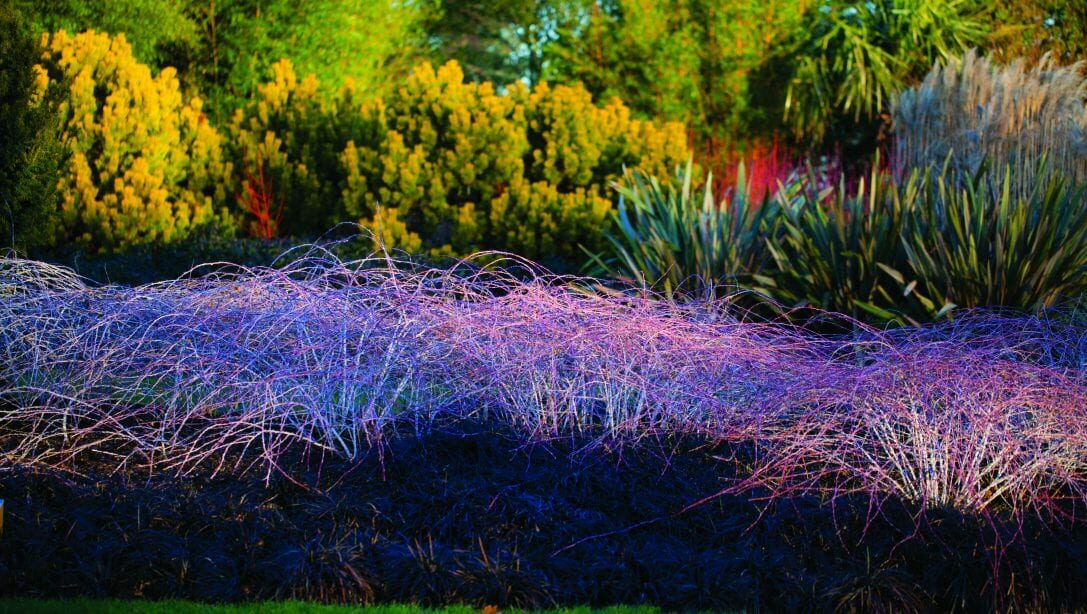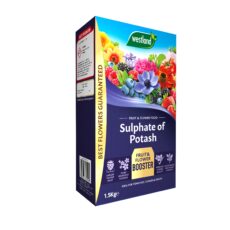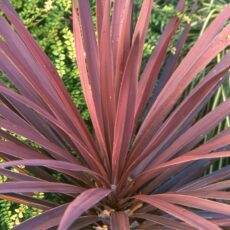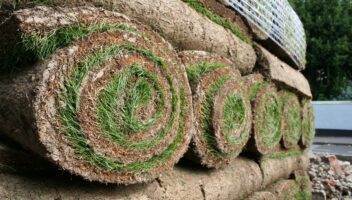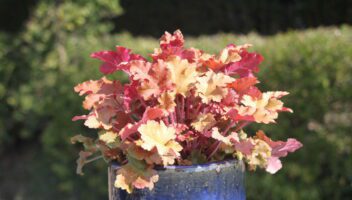The New year is here! It is still the heart of winter, but this is a perfect time to plan your January garden as well as for the spring ahead. There are a small number of seeds that can be sown in the greenhouse and winter vegetables to harvest. There is also plenty to be enjoyed during short strolls around the garden – including the arrival of the very first snowdrops.
Read our guide to the January garden and discover what enjoyable activities to be getting on with now and helpful gardening tips from our Hillier experts to keep your garden at its best.
What to Enjoy in your Garden in January
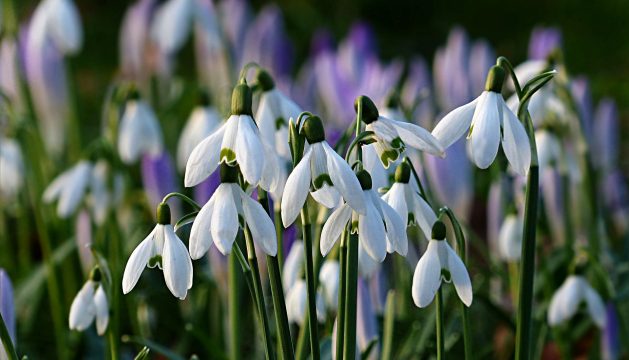
Gardening is as much about appreciating the beautiful now as planning and planting for the future. Enjoy these plants in your January garden and home:
Plants flowering in January
- Cyclamen – both the showy, bedding varieties and the hardy perennial types, such as Cyclamen ‘Coum’ and Cyclamen ‘hederifolium’
- Winter-flowering Hellebore varieties, like Helleborus niger HGC ‘Wintergold’, Helleborus x ericsmithii HGC ‘Shooting Star’ and Helleborus HGC Ice ‘n’ Roses Picotee
- Winter-flowering shrubs: Sarcococca confusa (Christmas Box), Hamamelis x intermedia (Witch Hazel), Skimmia japonica varieties (colourful buds throughout autumn, opening in late winter), Viburnum tinus varieties, Euphorbia
- Be sure to mark the arrival of the first snowdrop!
Fantastic Foliage and Architectural Stems
- Ornamental grasses
- Key shrubs and trees: Cornus (e.g. Cornus alba ‘Sibirica’ and Cornus sanguinea ‘Midwinter Fire’), Acer palmatum varieties, Corylus avellana ‘Contorta’ (fantastic twisted stems that look amazing when frosted), Rubus cockburnianus
- Conifers, such as juniper, spruce and fir varieties
Hillier tip: The bright white stems of Rubus cockburnianus look stunning planted with cyclamen or a black grass
Fruit and Berries
- Ilex (holly), pyracantha (firethorn), gaultheria, cotoneaster, some skimmia varieties
Houseplants
- Azaleas, indoor cyclamen
- Large foliage houseplants, replacing the spot vacated by your Christmas tree (schefflera, ficus, calathea, dracaena)
What to Plant in January
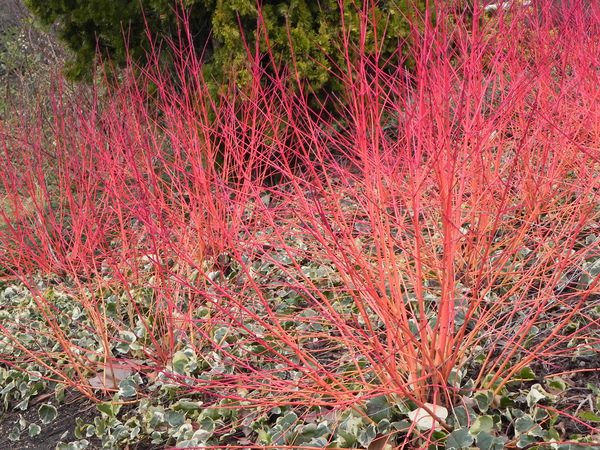
So long as the ground isn’t completely frozen, there are a number of winter shrubs that can be planted in your January garden – or, planted into pots. In fact, weather permitting, planting deciduous shrubs now gives the roots a chance to get started while the plants are mostly dormant.
What to Plant for Instant Impact
Gardening is often about the patient process of growing from seed, bulb or small plant and nurturing it over time. If you want to balance this out with immediate colour, foliage and scale in your garden, you can always find larger plants or those in bloom right now for instant impact. Be sure to water newly planted gardens often.
Simply browse the ‘what to enjoy now’ list above. Many of these plants will be available from the Garden Centre for immediate enjoyment and, once planted, should continue to develop year after year.
Hillier Tip: Cornus varieties with bright stems, such as Cornus ‘Anny’s Winter Orange’, look great when planted en masse. Try underplanting with the striking black grass Ophiopogon planiscapus ‘Nigrescens’.
What to Plant for Future Interest
- Plant bare-root rose bushes now ready for beautiful colour come summer
What to Grow in January
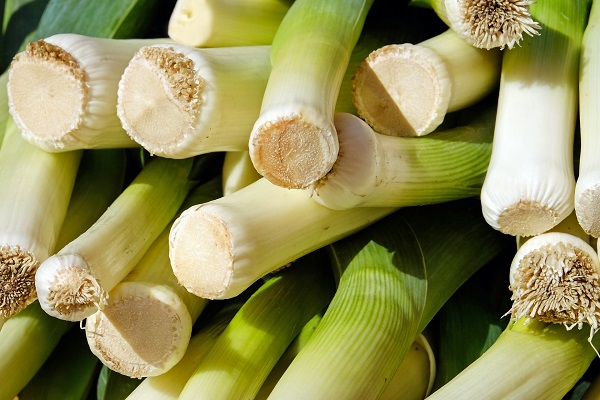
If you have a heated greenhouse, there are a small number of vegetables that can be sown indoors in January.
Sow Indoors
- Tomatoes, Aubergines
- Seed potatoes can start to be chitted towards the end of the month (weather dependent)
- Chilli pepper seeds
Hillier tip: Sow chilli pepper seeds on a sunny windowsill to encourage earlier fruit. Don’t bring them outside until all risk of frost has passed.
Harvest Now
- Leeks, Parsnips, Kale
Gardening Jobs for January
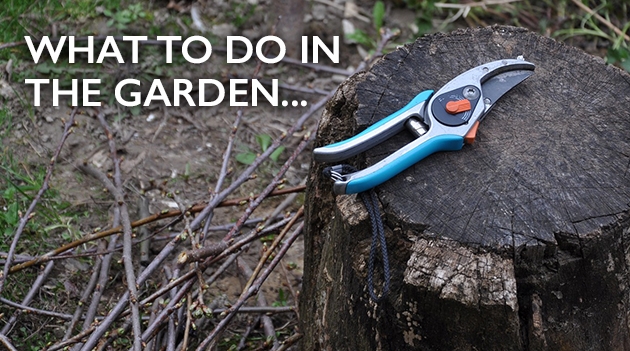
Cold weather may limit time in the garden this month, but there are still a few enjoyable jobs you can do if the opportunity presents itself.
Prune in January
- Prune rose bushes in January as they are dormant. Cut the stems back to just above a bud.
- Cut back finished stems on your sedum.
- Deadhead winter bedding, such as pansies violas to encourage prolonged flowering
- Prune apple and pear trees if you haven’t already
Move in January
- If you have lifted and stored plants in your greenhouse, check that the greenhouse heaters are working
Protect in January
- A number of plants, including tree ferns, cordyline and olives really need extra protection in very cold weather. It is worth having horticultural fleece on standby. Fasten it on with clothes pegs for temporary insulation when it turns very cold. Specially designed fleece bags with drawstrings are available in different sizes and are a great option for single specimens, especially in pots
Hillier tip: If horticultural fleece is left on for the whole of the winter, it will likely come undone in gales. It may be detrimental to the plant’s health if it soaks up rainwater, as the moist micro-climate created can encourage fungal growth
- If you haven’t done already, standing pots on pot feet will protect them from frost damage and stop the roots becoming waterlogged. Be aware that plants in pots are more susceptible to cold weather and may need fleecing even if they wouldn’t ordinarily when growing in the ground
- Wrap grease bands around fruit trees to prevent overwintering winter moth
Lawncare & Gardencare
- There is very little you can do for your lawn this month – other than avoiding trampling it too much if it’s covered with frost and snow!
Hillier Tip: If you want to get ready for spring, clean pots and greenhouses this month.
Weather Readiness
- To prevent garden taps freezing over, we recommend insulated tap protectors.
- Bubble wrap is also useful for outdoor pipes and insulating your greenhouse
- Keep your paths and driveway safe by having some de-icing salt stored away, ready to sprinkle over any persistent icy patches.
Looking After Birds & Wildlife in January
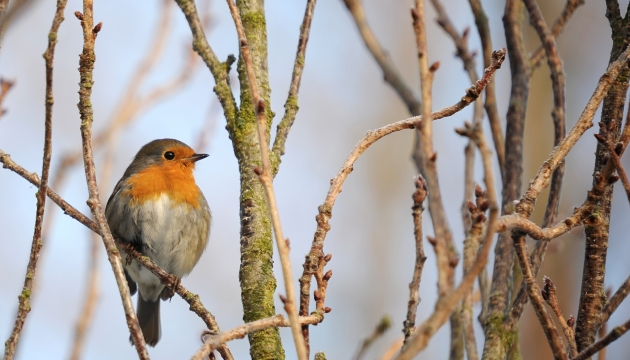
In the winter months, it is important to offer extra food for birds and a fresh supply of water:
- Frequently top up bird food and choose feed with high fat content, like suet fat snax. Specially formulated, high energy seed mixes are available as well as specific Robin feed for our winter friends. New calciworms are also beneficial in winter, containing a high protein and fat content
- Put fresh water out daily, as it freezes over easily in winter
- Put up a nest box for added winter shelter, if you didn’t do so already in autumn
Hillier tip: Read more about looking after our winged friends in our guide to year-round bird care
For those animals that are hibernating or overwintering, it is important not to disturb them. Avoid any midwinter tidying of piles of leaves, so as not to disturb insects, or even hedgehogs. Read more in our guide to helping hibernating animals.
Monthly Gardening Tool Checklist
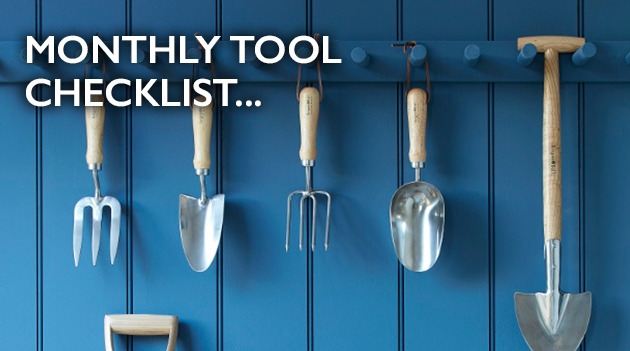
Some of the essential garden tools and products we recommend to have ready in your shed.
For winter pruning:
- Pruning shears, mulch (compost, manure or bark)
For frost protection:
- Pot feet, bark chips, Coldframe, Mulch, Greenhouse bubble insulation, Horticultural fleece, Sulphate of potash, Tree grease bands
Get ready for spring!
Now is the ideal time to make sure your tools are cleaned, sharpened and oiled ready for the spring. Putting a new edge on secateurs, shears and even spades will give you a head start come March. Read our guide to simple steps to take care of your garden tools.
Ready for February? Discover your February garden.
Was This Article Helpful?
Join the Hillier Gardening Club to get the latest gardening news and advice
Find Out More

